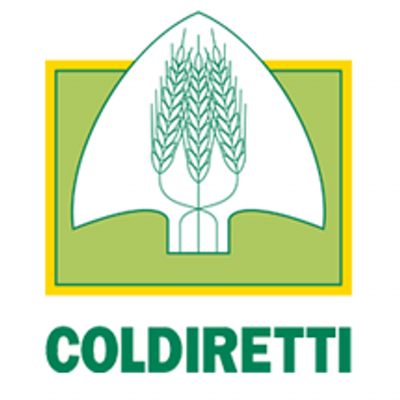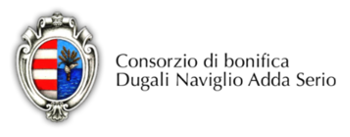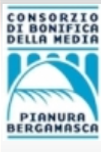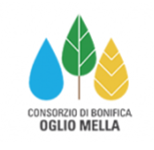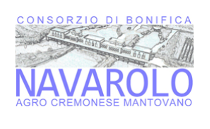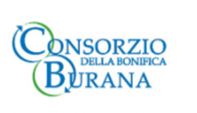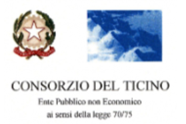CASE STUDIES
The MODFABE project has been mainly developed in the Muzza system irrigation district as a test zone and opened to the rest of the irrigation districts of the Lombardy region. Accordingly, the social-learning process combining stakeholders’ interviews and end-users surveys have been extended to members of the ANBI Lombardia association, including 13 irrigation consortiums (consorzi di bonifica e irrigazione) and two lake regulation consortiums (Adda -Como Lake- and Ticino -Maggiore Lake). Research has been focus on a triple-loop on climate change approach (awareness, perceived impacts, and adaptation measures and barriers) applied to individual farmers, and a semi-structured interviews about climate narratives and extreme events storylines duly applied to managers of irrigation districts.
The BECLICK project will amplify the case study area addressed in the MODFABE project by incorporating global experiences from Europe (Spain), the United States (California) and Asia (Vietnam).
THE MUZZA SYSTEM
THE LAKE COMO SYSTEM
COLLABORATORS
Dipartimento di Elettronica, Informazione e Bioingegneria (DEIB)
Environmental Intelligence for Global Change (EI Lab)

Politecnico di Milano
Via Ponzio 34/5, 20133 Milano (Italy), Building 21, 2nd Floor
Office 014, Phone ext. 3584 (Prof. Castelletti) – Office 002, Phone ext. 9633 (Dr. Ricart)



